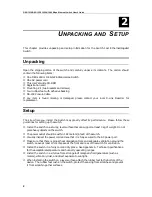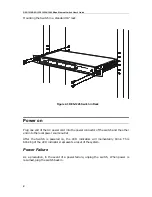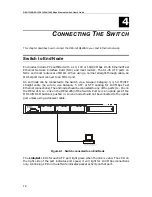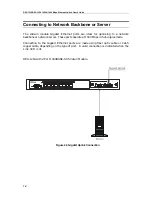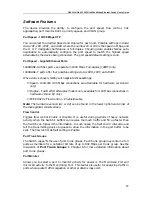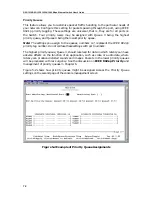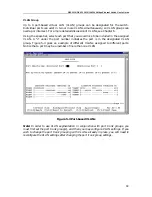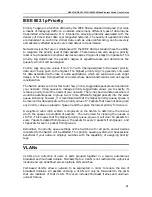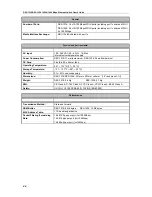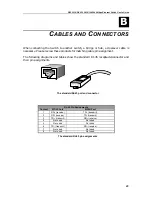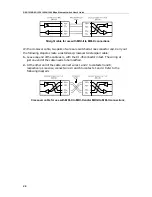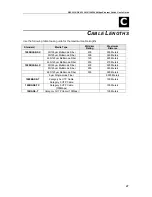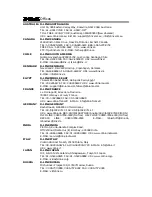
DES-1218/DES-1226 10/100/1000 Mbps Ethernet Switch User’s Guide
20
6
6
M
ANAGEMENT
C
ONCEPTS
This chapter discusses some of the important management concepts used to manage the Switch.
The functions dealt with in this chapter include Port Trunk Groups, VLAN network
segmentation, and IEEE 802.1p Priority Queues.
Port Trunk Groups
Port trunk groups are used to combine a number of ports together to make a single high-
bandwidth data pipeline.
The DES-1218 supports up to 5 trunk groups, the DES-1226 can utilize up to 7 trunk groups.
With up to 4 ports in each group, a potential bit rate of 800 Mbps can be achieved.
Figure 5-4 Example of Port Trunk Group
The switch treats all ports in a trunk group as a single port.
Data transmitted to a specific host
(destination address) will always be transmitted over the same port in a trunk group. This allows
packets in a data stream to arrive in the same order they were sent. A trunk connection can be
made with any other switch that maintains host-to-host data streams over a single trunk port.
Switches that use a load-balancing scheme and send packets of a host-to-host data stream over
multiple trunk ports cannot have a trunk connection with the Switch.
Note:
If the two Gigabit Ethernet ports are used as a trunk group and either port is disconnected,
packets intended for the disconnected port will be dropped.

